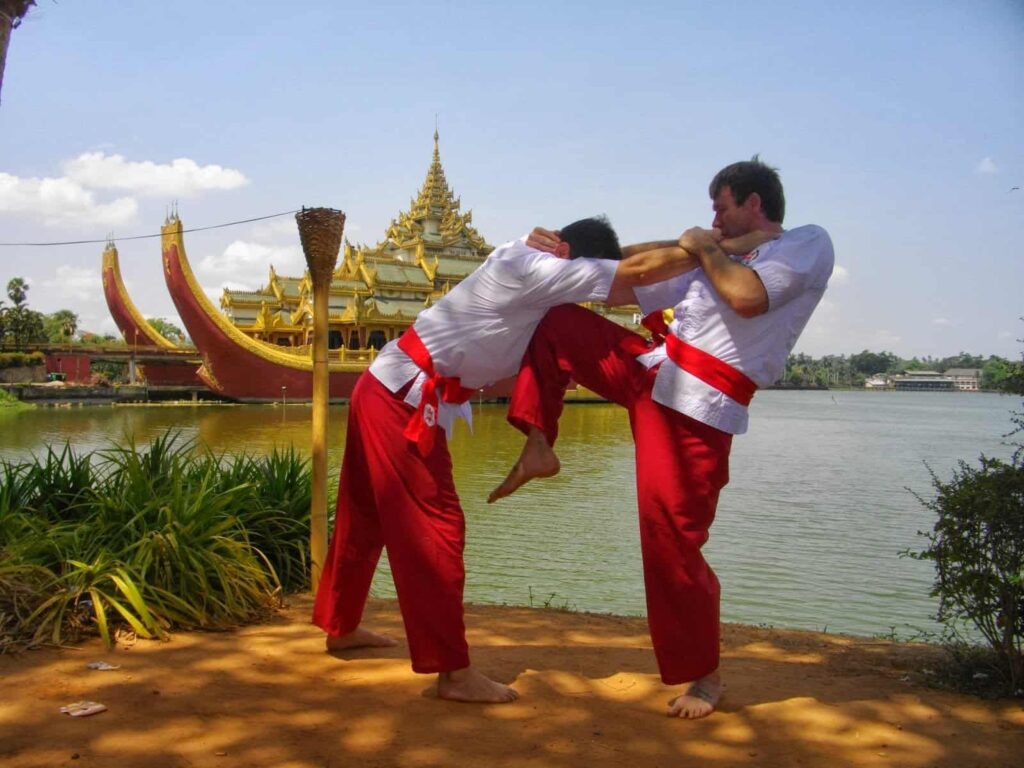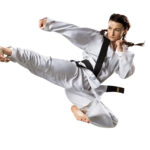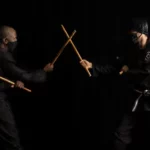“An unarmed combat form” is the best way to describe a Southeast Asian martial art style known as Bando. This “self-defense” based martial art form is said to have originated from Myanmar. Furthermore, this form of combat apart from comprising of “defensive” moves also consists of “offensive” tactics that have been inspired by movements of animals. In addition, this style of martial art comprises of three stages of training and they include the following:
- Preliminary stage: Includes traditional training.
- The second stage Includes specific training in defensive techniques such as blocking and parrying.
- The Third stage Involves training in the offensive technique
Have a look at it
History/origin of the Bando:
According to the cultural history of Myanmar, the development of Bando as a martial art form was closely linked to Buddhism and its teachings. Apparently, many Buddhists from India and China migrated to Myanmar. It was because of this migration that the Burmese culture (which includes martial art forms) was heavily influenced by the presence of Indian and Chinese people Furthermore, it was thus using elements belonging to Indian and Chinese martial arts style that “Bando” was actually created.
The weapon used in the Bando:
Since this combat form is basically “unarmed” the weapon mainly used are the “hands and feet” of the fighter.
The technique used in the Bando and training availability:
In terms of technique, the fighter in this form of combat encourages the use of both the “offensive and defensive” technique. Furthermore, the offensive techniques used have been based on movements of animals, and they are as follows:
- Boar: Basically are moves that involve the use of the “knees and elbows”.
- Bull: Basically involves the use of “strikes and tackling”.
- Cobra: Essentially involves attacking the “vital points” of the upper body.
- Deer: Involves taking “short leaps” to evade an attacker.
- Eagle: Involves “striking and blocking” using both hands.
- Monkey: Involves use of “agile” movements.
- Heron: Involves the use of fast arm movements.
- Leopard: Involves “leaping and tearing” the opponent.
- Python: Involves the use of “chokes and locks”.
- Scorpion: Involves the use of “pinching” nerve centers.
- Tiger: Involves the use of “clawing” attacks.
- Viper: Involves attacking “vital points” of the lower
- Black Panther: Involves combining all the other animal moves.
As for training centers/schools, there are a few available especially in Myanmar for those interested in learning this “self defense” based martial art form.
image credit ')}







